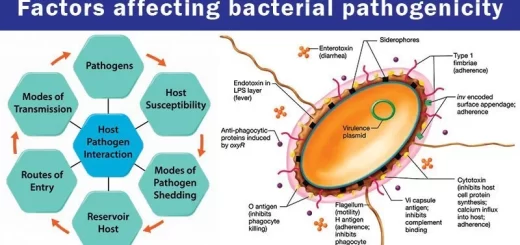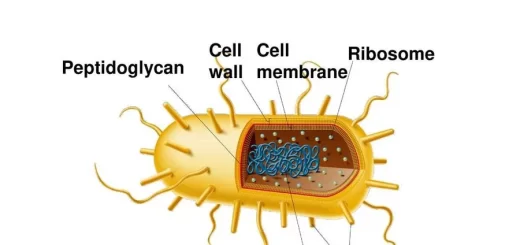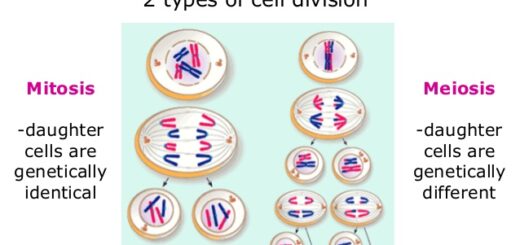Bones function, types and structure, The skeleton and Curvature of Spine in Adults
Bones offer a rigid framework as well as support for other parts of your body. they protect many of our internal organs, they play an important role in the movement of your body, transmitting the force of muscle contractions. Your muscles attach to your bones via tendons. Many minerals, such as calcium and phosphorus, are stored within your bones.
Bones
Bones from the skeleton of the body. There are more than 200 separate bones forming the skeleton. The study of bone is called “Osteology”. many blood cells — red blood cells, white blood cells, and platelets — are formed within your bones, This process is called hematopoiesis, and it occurs in the red marrow.
The skeleton
- Axial skeleton: Skull, Vertebra, Sternum, and Ribs.
- Appendicular skeleton: Bones of Upper limb: ( pectoral girdle, Bone of arm, Bones of the forearm, Bones of hand), Bones of the lower limb: ( Pelvic girdle, bone of the thigh, Bones of the leg, and bones of the foot).
Bones are divided according to their shape into:
- Long bones such as humerus, femur, and radius.
- Short bones such as metacarpal bones.
- Flat bones such as scapula or ilium.
- Irregular bones such as vertebrae.
- Pneumatic bones such as the skull.
- Sesamoid bones such as patella.
The humerus is the bone of the arm. It is one of the long bones. Each long bone has an upper end, shaft, and lower end. The metacarpal bones form the skeleton of the palm of the hand. They are examples of short bones as they have the same parts as the long bone but they are small in size. The patella in front of the knee joint is an example of the sesamoid bone.
Each long bone has a growing end (that ossifies later) and a non-growing end. The growing end of the humerus is the upper end. The growing ends of the radius and ulna are the lower ends. As for the bones of the lower limb is the opposite. This means that the growing end of the femur is the lower end whereas the growing ends of the tibia and the fibula are the upper ends.
Nutrient Artery
Each bone is capable of growth and repair. Thus, each bone receives its nutrient artery. It enters the bone at a certain place and in a certain direction. The nutrient artery in the long bones is directed towards the non-growing end. Thus in the humerus, it runs towards the lower end of the bone or the elbow.
Parts of a Growing Long Bone:
- A long bone consists of two ends and a shaft.
- Each end is called an epiphysis.
- The shaft is called the diaphysis.
- In a growing bone, the epiphysis is separated from the diaphysis by a plate of cartilage, an epiphyseal plate. This epiphyseal plate is the site of an increase in the length of the bone. The region of the shaft close to the epiphyseal plate is called metaphysis. At a certain age, when growth is completed, these plates ossify.
- The shaft of a long bone is formed of compact bone enclosing a cavity which is filled with bone marrow. This cavity is called: a medullary cavity or a bone marrow cavity.
- The epiphysis is formed of spongy, cancellous bone.
- The shaft is covered by a fibrous membrane: the periosteum.
- The parts of the bone that articulate are covered with hyaline articular cartilage.
Functions of Bones
- Bones form the supporting frame-work of the body.
- Bones protect the underlying structures, e.g. the skull protects the brain.
- Bones give attachments to the muscles and also act as levers for movement.
- Bones store calcium and phosphorus.
- The bone marrow acts as a factory for the formation of blood cells.
There are sex differences between male and female bones. Usually, the male bones are loner, heavier thicker, stronger, and possess prominent impressions for muscular attachments.
Applied Anatomy
Osteoporosis: It is the most common bone disease. It affects more the elderly white woman. The bones lose their mass and become brittle and subject to fracture. Milk and other calcium sources and moderate exercise can slow the progress of osteoporosis.
Bone fractures: Bone is a living tissue. When it is fractured it heals by callus formation. Fractures result from accidents. Patients with osteoporosis are more liable to fractures. The most common fracture in elderly is the fracture neck femur.
The vertebral column
The vertebral column (backbone or spine) is a midline column formed of 33 Vertebrae separated by intervertebral cartilaginous discs. It houses and protects the spinal cord in its spinal canal. In the side view, the vertebral column presents several curves, which correspond to the different regions of the column.
Curvature of the Spine in Adults
The shape of a normal adult human spine has 4 curves:
- Cervical curve: formed by 7 cervical vertebrae.
- Thoracic curve: formed by 12 thoracic vertebrae.
- Lumbar curve: formed by 5 lumbar vertebrae.
- Sacral curve: formed by 5 sacral vertebrae.
All vertebrae share a basic common structure. Each consists of a vertebral body, situated anteriorly, and a posterior vertebral arch.
Vertebral body
The vertebral body is the anterior part of the vertebrae. It is the weight-bearing component and its size increases as the vertebral column descends (having to support increasing amounts of weight.
Vertebral Arch
The vertebral arch refers to the lateral and posterior parts of the vertebrae. With the vertebral body, the vertebral arch forms an enclosed hole, called a vertebral foramen. The foramina of all vertebrae line up form the vertebral canal, which encloses the spinal cord. The vertebral arches have a number of bony prominences, which act as attachment sites for muscles and ligaments:
- Pedicles: There are two of these, one left and one right. They point posteriorly, meeting the laminae.
- Lamina: The bone between the transverse and spinous processes.
- Transverse processes: These extend laterally and posteriorly away from the pedicles. In the thoracic vertebrae, the transverse processes articulate with the ribs.
- Articular processes: At the junction of the lamina and the pedicles, superior and inferior processes arise. These articulate with the articular processes of the vertebrae above and below.
- Spinous processes: Posterior and inferior projection of bone, a site of attachment for muscles and ligaments.
Thoracic Vertebrae
Sacrum and Coccyx
The sacrum is a collection of five fused vertebrae. It is described as an inverted triangle, with the apex pointing inferiorly. On the lateral walls of the sacrum are facets, for articulation with the pelvis at the sacroiliac joints.
The coccyx is a small bone, which articulates with the apex of the sacrum. It is recognized by its lack of vertebral arches. Due to the lack of vertebral arches, there is no vertebral canal, and so the coccyx does not transmit the spinal cord.
Bone (Osseous Tissue) types, structure, function & importance
Importance of Anatomical body position, planes & terms of movement
Isoenzymes structure, Coenzymes function & Classification of enzymes
Protein Classification, Globular & Fibrous protein, Simple, Compound & Derived proteins
Joints types & function, Nerve supply of joints & general features of Synovial Joints



